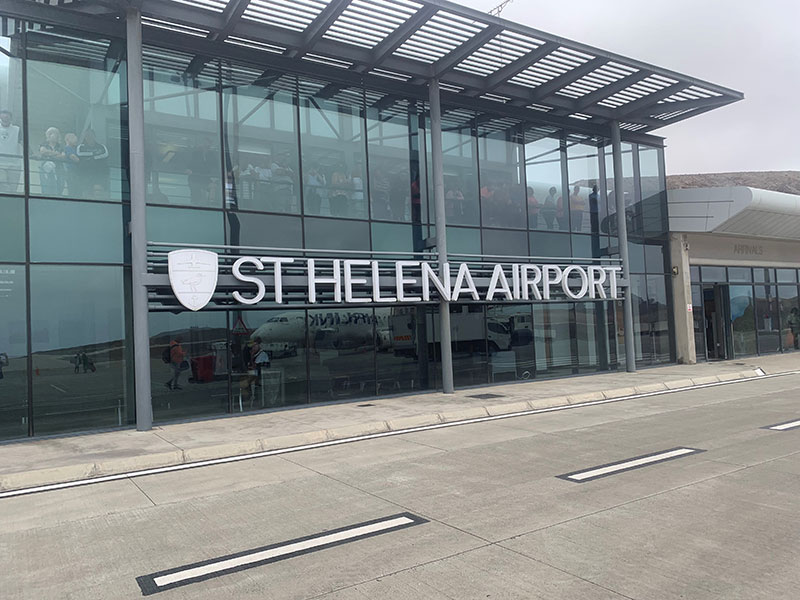The National Audit Office has today called for a step change improvement in how central government departments work with each other and with regional and local bodies, if the Government’s ambitious aspirations for the Thames Gateway region are to be realised.
Jump to downloadsThe Government has set out its vision to make the Thames Gateway, the area stretching from Canary Wharf to the mouth of the Thames Estuary, a world-class region with unrivalled locations for working and living and environmental sustainability.
However, the NAO calls on the Department for Communities and Local Government to improve its programme management: making its plans more coherent; and ensuring that investment is better targeted and that risks are better identified and managed.
The development of the Thames Gateway requires close cooperation between many government departments and their executive agents. The report reveals that many local partners believe Whitehall has much to do to provide a well-coordinated and joined-up approach.
In response to this need and in line with one of the NAO’s recommendations, the Department has introduced a cross-government board of senior officials to coordinate central government investment and provide stronger leadership.
The report stresses that the Government still does not have a single overall, fully costed plan for the programme to join up local initiatives, commit central government to key infrastructure projects, and consider progress across funding streams. Without such a plan, it is difficult to provide an overall picture of what needs to be done and identify the additional investment needed to help ensure resources are targeted at critical projects. The Department expects to publish a plan that meets these requirements later this year to follow the strategic plan and development prospectus that it published in November 2006.
The Government has a vision for high quality, low carbon footprint, and sustainable developments in the region. However, it has not yet translated these aspirations into clear objectives, built them into local strategies, or developed plans to achieve them. The Government also wants 50 per cent of housing developments to be “good” or “very good” by 2010* but a recent quality audit found only 17 per cent of new buildings fell into these categories.
The Government estimates that its total investment in the region has been £7 billion since 2003, of which Communities and Local Government allocated £673 million. However, the report says that much more investment is needed to deliver the necessary infrastructure and services for sustainable communities to flourish in the Thames Gateway.
Government investment has helped to bring about a number of successful projects and initiatives but delivering appropriate transport infrastructure remains a major challenge. In part, this is because more needs to be done to engage transport agencies in spatial planning for the Thames Gateway.
The Government has set targets for 160,000 new homes to be built in the Gateway between 2001 and 2016. The number of homes delivered has risen from around 4,500 in 1995-96 to 6,000 in 2005-06. This rate of increase is below that of the rest of the Greater South East. The build rate will need to double from now on if the target is to be met.
“The Thames Gateway is the most ambitious regeneration and development programme in Western Europe. If these ambitions are to be realised it is crucial that there is stronger cross-government leadership and clearer objectives for local partners to work towards. An overall programme plan to coordinate projects and give a live picture of what has been achieved and what remains to be done is an urgent priority.”
Sir John Bourn, head of the NAO
Downloads
- 0607526es.pdf (.pdf — 452 KB)
- 0607526.pdf (.pdf — 2 MB)
- EU_Cities_Renaissance.pdf (.pdf — 3 MB)
- Thamesway_map.pdf (.pdf — 565 KB)
Publication details
- ISBN: 9780102945263 [Buy a hard copy of this report]
- HC: 526 2006-2007



